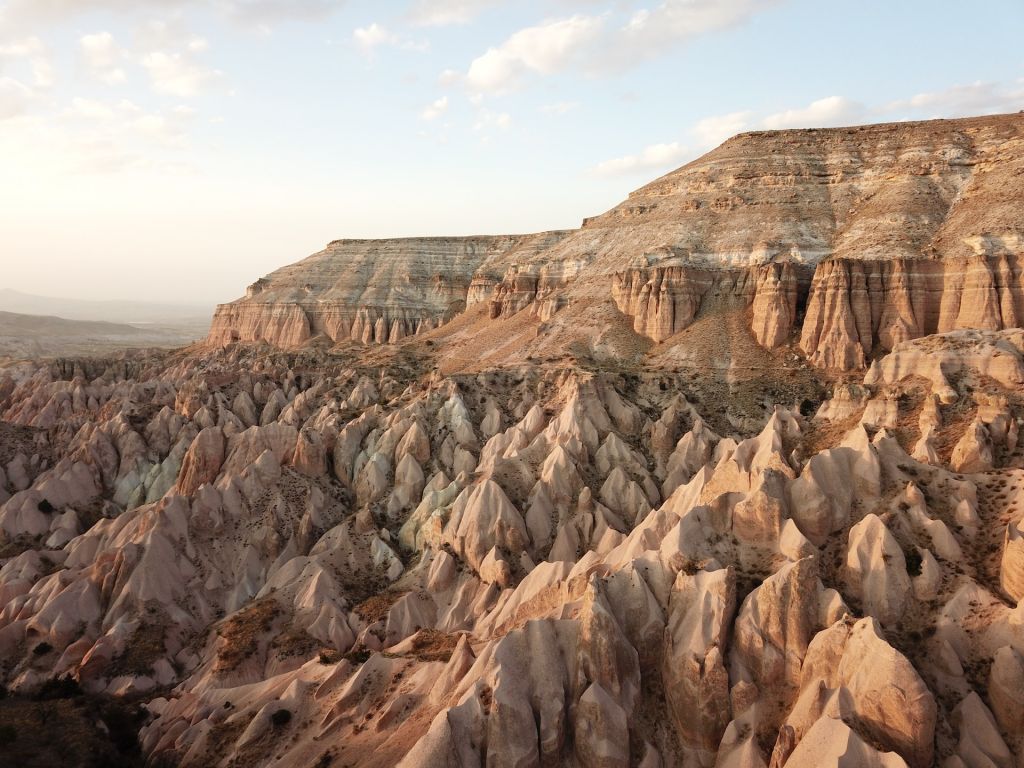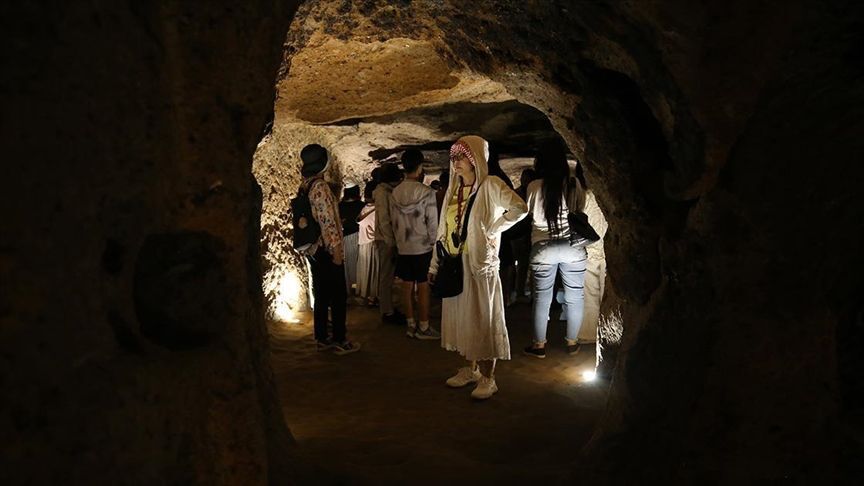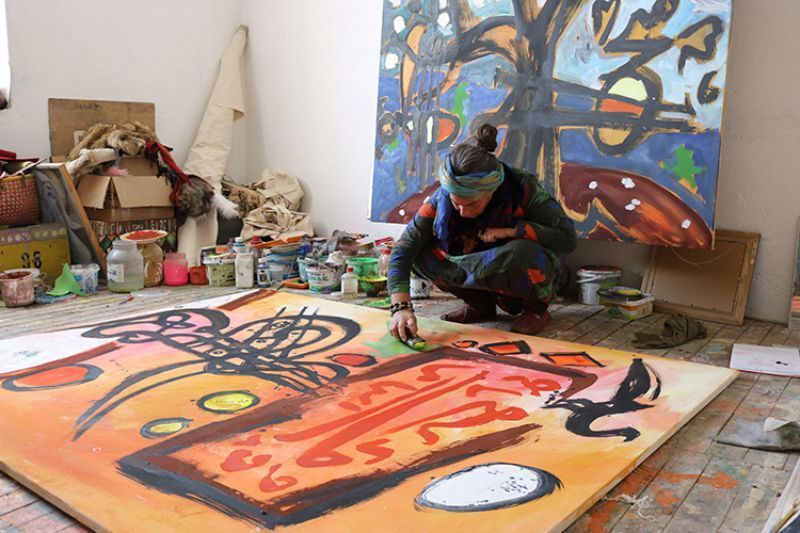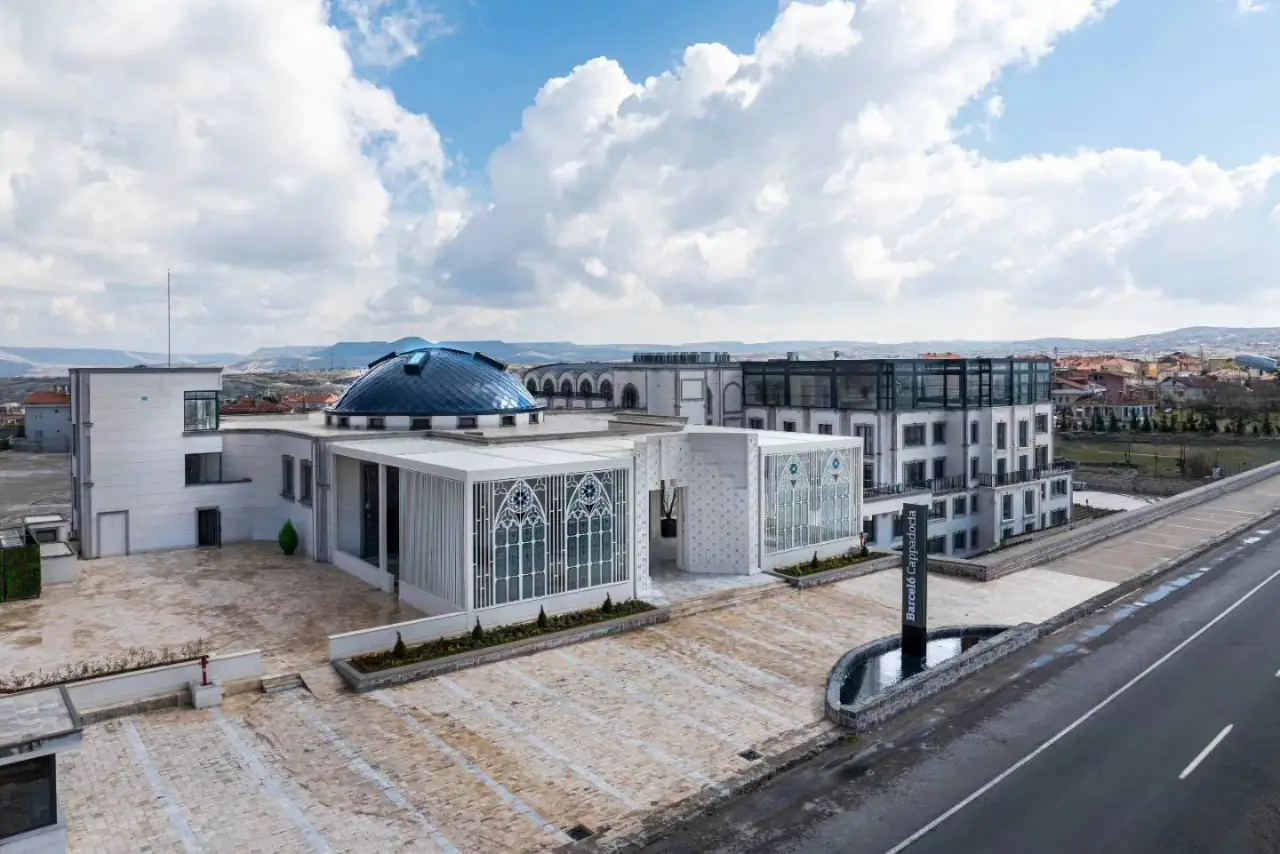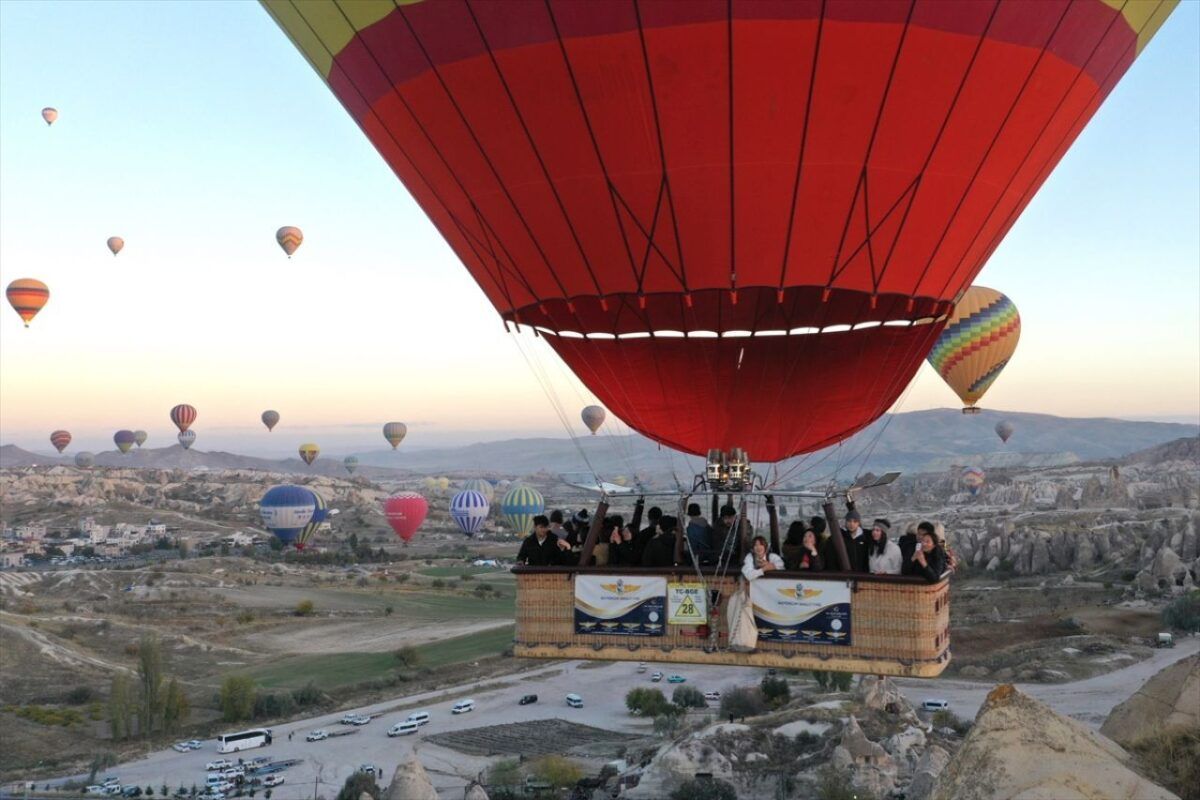The United Nations adding Türkiye’s famed Cappadocia region to its list of the world’s most important geological heritage sites will shine an even brighter spotlight on its dazzling natural wonders.
Both Cappadocia, with its volcanic “fairy chimney” putting it in the volcanology category, and Pamukkale, with its graceful thermal spring formation as an example of geomorphology and active geological processes, made it into the Top 100 Geological Heritage List in the World as drawn up by the UN’s International Union of Geosciences (IUGS).
In the 1990s, the Global Geosites Working Group of IUGS started the development of a database of geological sites of international relevance. The project had the support of ProGEO, IUCN and UNESCO and was implemented in several European countries, but it did not manage to get the global acceptance that was initially expected.
This new IUGS Global Geosites project opens a new opportunity, to accomplish a worldwide inventory of geological heritage of international relevance in a new context where UNESCO Global Geoparks can play an important role. Geological surveys, research institutions and geoparks from around the world will cooperate and contribute towards a new IUGS Global Geosite inventory that will be driven and coordinated by the International Commission on Geoheritage (IUGS). This project will define a new methodology and criteria towards an effective procedure where the acquired know-how and experience will be shared and put to work.
Cappadocia Enters to the list
The listing of Cappadocia among the top 100 geological sites will boost its recognition across the globe, Ismail Dincer of Nevsehir Haci Bektas Veli University’s Geological Engineering Department told Anadolu Agency.
Saying that Turkish and foreign scientists have visited and studied Cappadocia for many years, Dincer said: “We can see all phases of the volcanism that took place from 12 million years ago to 4 million years ago in Cappadocia.”
“This volcanic succession was subsequently eroded by environmental conditions, resulting in a unique set of surface shapes. Fairy chimneys are the most important of them,” he added.
The UN geosciences list was chosen from 181 candidate sites proposed by geoheritage experts in 13 countries, broken down into such categories as stratigraphy and sedimentology, paleontology, metamorphic petrology, and volcanology.
Levent Ak, head of a local tourism services union, said: “There are many beautiful places in the world in terms of earth sciences. But a unique natural beauty has emerged in Cappadocia with fairy chimneys and valley formations.”
“Including Cappadocia on the geoheritage list will also contribute to the prominence of our region in geotourism and boost the diversity of tourism,” he added.
Cappadocia, located in Central Anatolia’s Nevsehir province, has been preserved as a UNESCO World Heritage site since 1985, and has attracted more than 3.6 million tourists so far this year.
Cappadocia is a popular destination worldwide thanks to its distinctive volcanic cones known as fairy chimneys, atmospheric underground cities, hot-air balloon trips, houses carved into rocks, and churches, chapels, and shelters used in the early years of the Christian faith.
Source: AA

